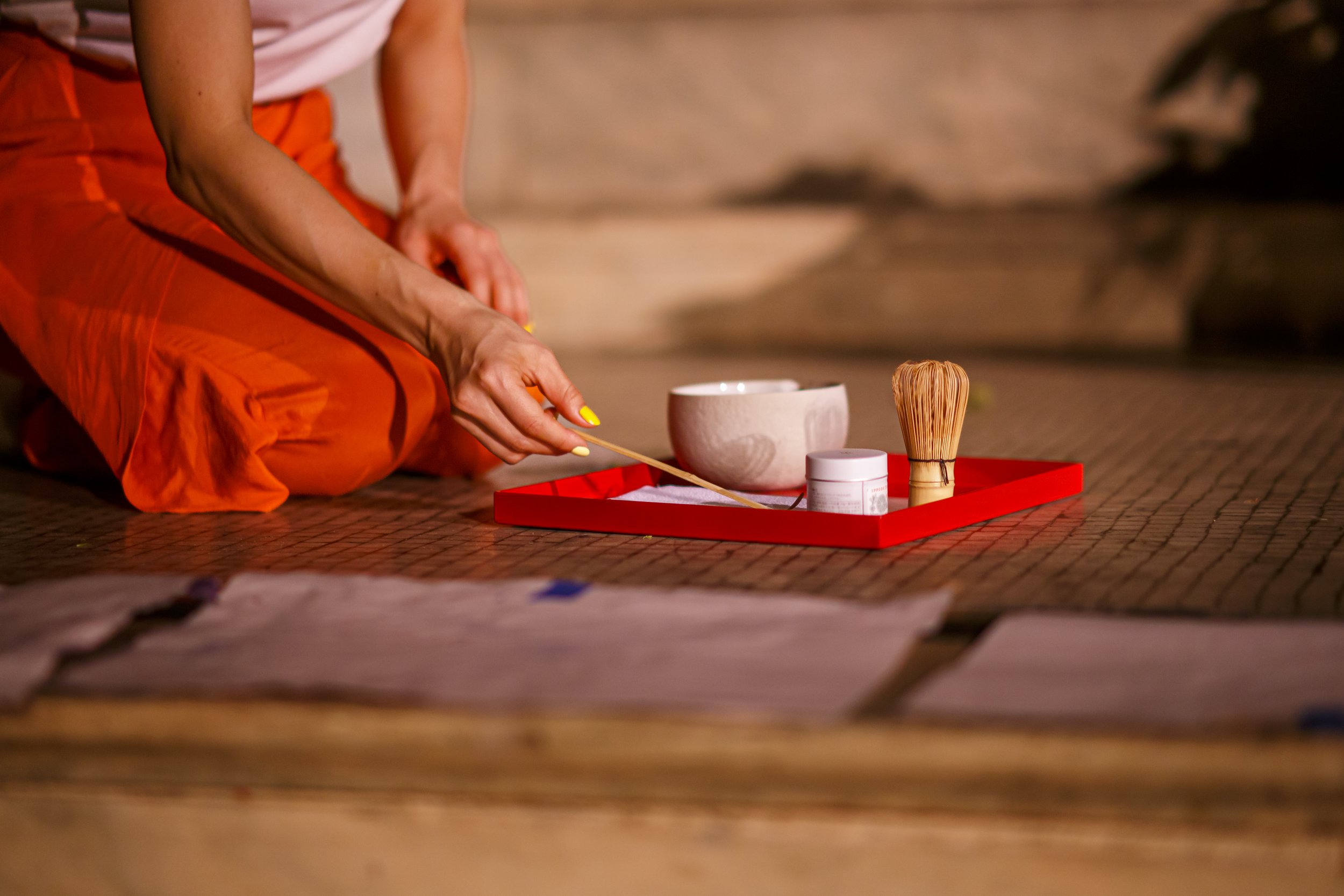a place where individuals become a whole
~
a place where individuals become a whole ~
JAPANESE TEA AND EVERYBODY'S RITUALS
by Maho Ogawa (水素co.)
Please Note: This issue of PUSH/PULL includes both English and Japanese language versions. If you are on a mobile device, please scroll down for the Japanese version.
この号は日本語と英語のバイリンガルになります。携帯にて日本語版をお読みの方は英語版記事の下までスクロールして下さいますよう、お願い致します。
Be a part of the nothingness and find the imaginative unity
~The meaning of rituals and the creative process of Japanese Tea and Ritual Room~
For this project I wanted to discover the new meaning of rituals and find the cultural intersection between traditional Japanese tea culture and daily lives in NYC and beyond.
Reading the results of the Japanese Tea and Ritual Room Questionnaire, I noticed the three key elements that make actions into rituals;
1. Regularity: A set of movements or actions at the same time of the day. Most of the time, the tools, procedure, or pace of the movements doesn't change.
2. Physicality: The action involves body movements/actions. Sometimes, the action is done with only the body itself (stretching, staring, meditating, humming, praying, etc.) and sometimes it’s done with objects (paper and a pen, musical instruments, knitting materials, tea cups, knives, toothbrushes, etc.)
3. Paying attention: The action is given special attention/meaning by the one taking action. It does not necessarily mean that the action means something to the receiver, if the action involves interacting with others (ex: praying for someone, etc.). The person to whom the action is directed may be unaware of the action altogether. Because there's meaning for the person performing the ritual, they are simultaneously performing the ritual and observing themselves performing the ritual. Thus, the action is being taken with the intention of being witnessed by the person performing the ritual themselves, and perhaps others.
With those three key elements, rituals acquire these functions for people performing them. According to the survey results, the ritual;
“Reroutes your brain”
“Keeps things smooth by avoiding obstacles in your brain”
“Centers, focuses, and grounds your mind”
“Gives you a feeling of recognition, completion and accomplishment that makes your mind secure. It tunes your actions and your day. It's a celebration (for you, your day, etc.) The feeling of completeness calms you.”
“Enables you to feel the connection and support (with people, place, your body, present time, your roots and family tradition, etc.) “
Reading about people's daily rituals was beautiful because the rituals are both practical and imaginative (spiritual/non-practical.) This quality is what connects the ritual survey to the Japanese Tea Ritual. Japanese Tea culture is not about the tea itself or the taste of tea, but rather, what you imagine in the tea house. The imagination of "nothingness where nothing exists."
In an interview, the tea master Yoshi-san talked about the mental benefits of the Japanese tea ritual:
When I first took a tea lesson, as it was when I first stayed at a Zen temple, I felt a great sense of relief from the fact that they wanted nothing from me. In other words, all they asked of me was to follow the existing patterns of behavior, which I found very comfortable and, in fact, it was a relief for me.
His statement overlaps with the comments people made about the functions of their daily rituals, such as "not to be faced with decisions/judgments, and being away from the responsibility that causes anxiety."
I think that is what Japanese Tea culture offers us today, during a time when we carry heavy responsibilities in order to protect our precious human rights and freedom. I am not saying we should deemphasize our "individuality." But to lighten the pressure of living as individuals, we can utilize the ancient method of "homogenized" space and time to retrieve our true selves. This way we can remember the primordial state of mind and unity, not just among humans, but with things around us, including the natural and the artificial.
When I was reading about Minimal Art, I found some similarities to Japanese Tea culture such as;
Valuing harmony with the space (which developed as a form of Installation art) over the work of a sculpture itself
Discovering the beauty of industrial materials and processes , and valuing this over the beauty of the work of the individual artisan
Denying the perfect proportion and composition of European tradition
These characteristics echo Yoshi-san’s remarks about the Suki (aesthetic) of the Japanese tea room. Both of these traditions drew me in, and I now see the connection.
The Japanese Tea and Ritual Room Questionnaire was my first socially engaged art project.
To me, art speaks to people in their instincts, deep emotions, and primordial senses, which is different from the layer of practical thinking and ethics. Before working on this project, the word "ethics" to me was the rules in your brain or the community you belong to, and the energy or desire for art and ethics seemed to me to be in conflict. But now I think deeply about what "ethics" means. "Ethics" could be related to primordial senses, emotions, and instincts. I now believe that art should have a role in assessing where the primordial senses/energy exist in ideas "ethics" and "society."
Before making and thinking of socially-engaged art, I was unsure if art could directly solve practical problems or even if art is/should be asked to solve practical social problems. I also wondered what the word "Social" means. To me, “social” means "there is a fact (the number of population/ job titles/income/households, etc.), and there could be a problem." Now I think if art can heal or affect humans' deep emotions, it can have some effect on society by working on people's primordial senses.
Through conducting the survey and the following Japanese Tea and Ritual Room-installation, I interacted with people in the deeper layers of their minds. Because the survey asked about the acts you don't show in public but come from a very private, naive, sensitive, and almost spiritual part of the human experience, I was struck by the beauty in the answers and the care the audience members showed towards others' rituals during the gallery show.
All the objects in the gallery installation were from anonymous respondents to the survey. These were their rituals/ imagination. The work was part installation and part participatory performance, with the primary interactions/performances enacted by audience members.
This process changed my perspective on humans, and led me to trust more in the beauty of their imaginations. I felt that, deep down, where it can’t be seen, what people secretly enact is literally full of love, or at least people have time for love.
Overcoming the fear of releasing my control in the process, I learned that, for me, socially engaged art is the process of allowing a change in my perspective, in order to create art that can change society. It is a co-learning process. I'm not afraid to ask, change, and find new roles for artists and audience members in each work. If society evolves, the roles and responsibilities of artists and audience members should also evolve.
It reminds me of the conversation with the tea master, Yoshi-san. He commented about Wabi-cha and the complex relationships of private and public aspects in the Japanese tea ritual as follows;
The purpose of holding a tea ritual is to make every moment count, to make it a 'hare' (public/ celebrated) moment. In that sense, tea rituals are very much on the private side, but in a public setting.
The world of Wabi-cha is where your private values acquire a public meaning. It's a world where your value system is constantly deconstructed, turning the public into the private and vice versa.
Socially engaged art is also where your value system as an artist and an audience member is constantly deconstructed. I see it as a space where I can question myself and then answer creatively through these projects, bringing to mind the Zen Mondo (scripture) practice.
What is ritual? What does ethical mean today? What is the ethical act today? What society do we want to create? As a citizen and as an artist?
The role of art is to ask, not specifically to answer, but to ask a question, or to display the myriad of answers to a question.
You can read the answers to the meaning of the rituals in the survey. The answers vary depending on where you are, your community, and who you are. There is not just one answer.
Thank you so much for reading this issue, participating in this project, and making this project happen.
Lastly, thank you for trusting me and this opportunity, Clarinda and Culture Push.
-Maho Ogawa

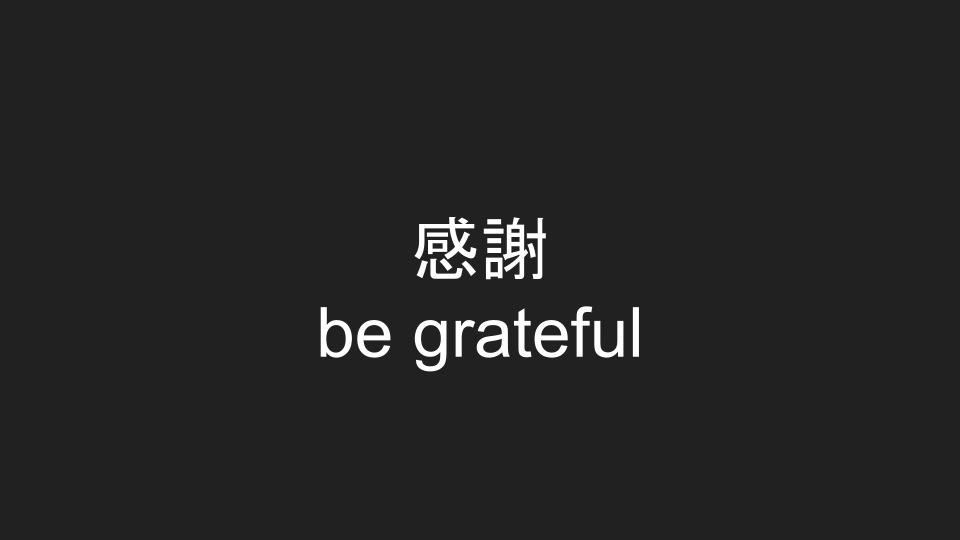

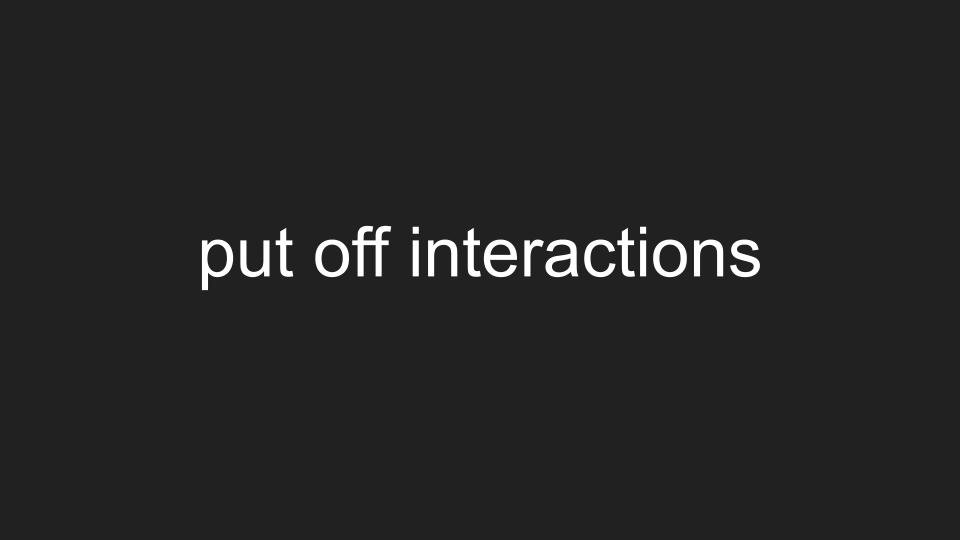
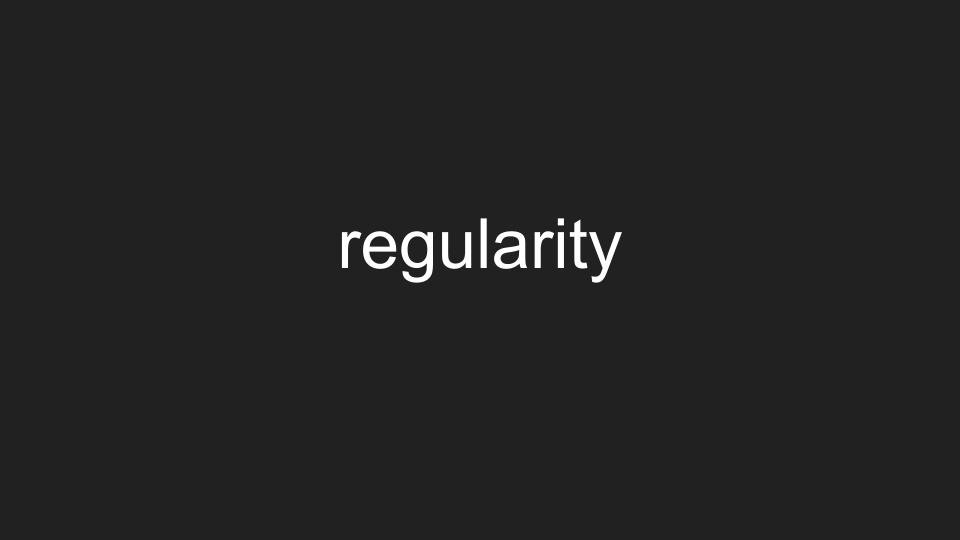


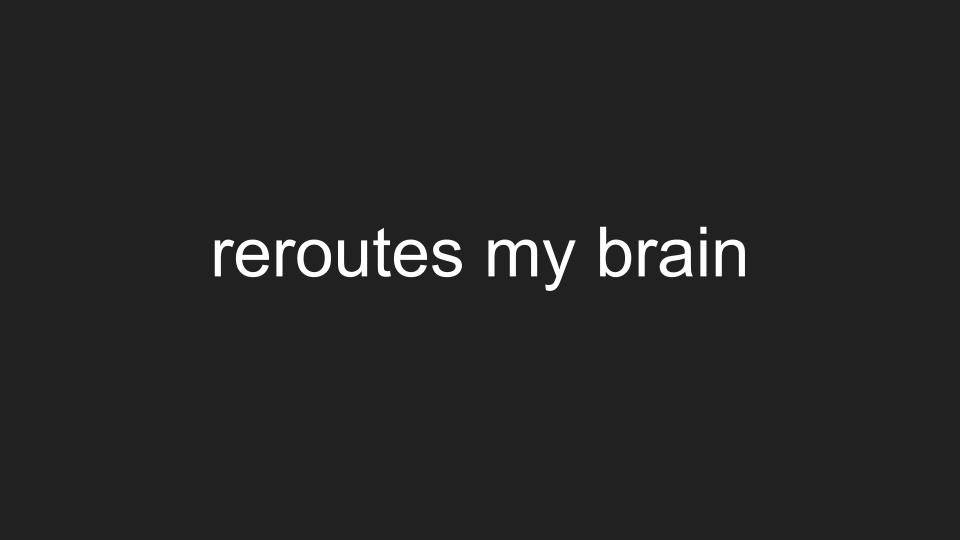
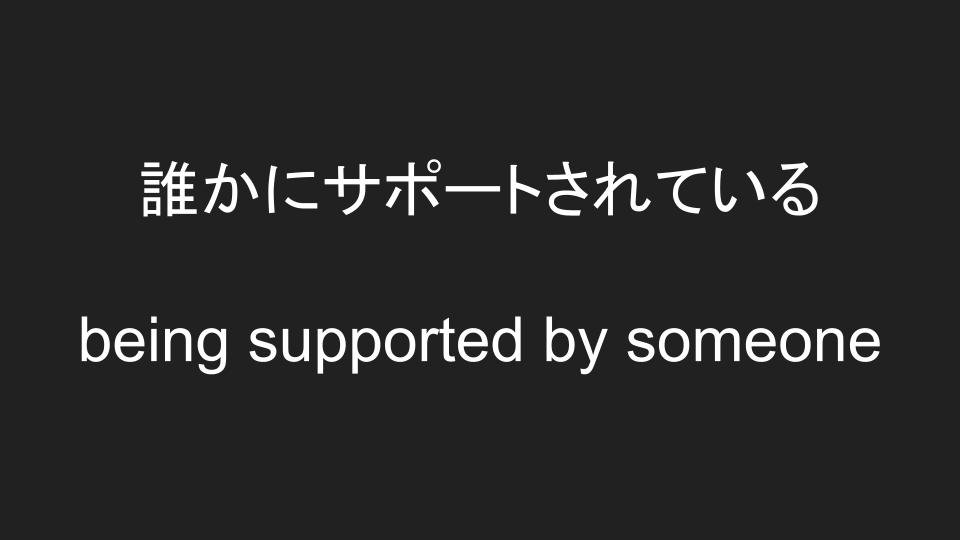
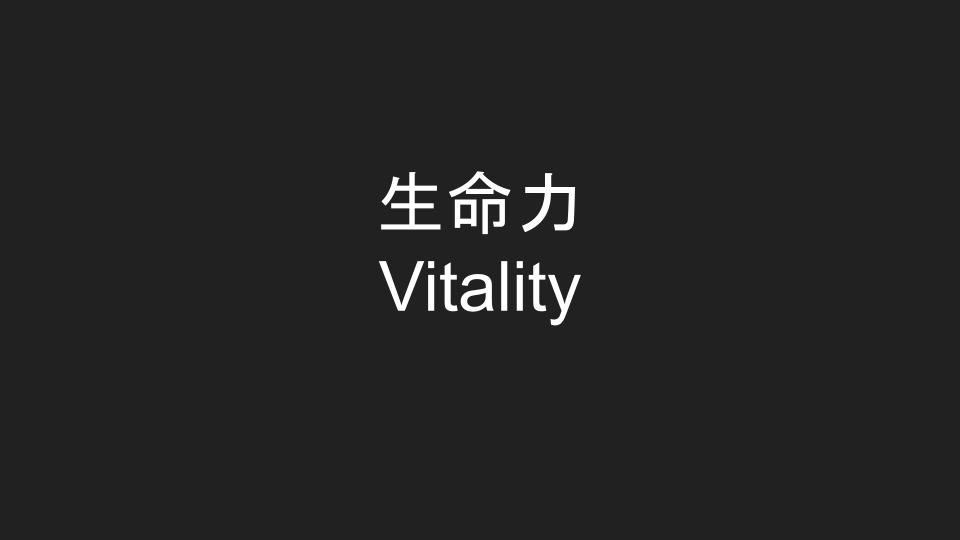


ゼロになること・人と繋がること
〜儀式とは? お茶とリチュアルの部屋プロジェクトのプロセス~
お茶とリチュアルの部屋-質問票プロジェクトの目的は、儀式の新しい意義を見つけること、また伝統的な日本の茶の湯文化と、NYCにおける現代の日常生活の儀式的行為の中に交錯する点を見つけることでした。
お茶とリチュアルの部屋-質問票プロジェクトのアンケート結果から、わたしは行為を儀式として見なすための3つのポイントに気付きました:
1. 規則性: 一連の動きや行為が同じ時間帯に行われること。大抵の場合、同じ道具、手順、動きのペースで行われること。
2. 身体性: 行為は身体を伴う動き/行為であること。それらは、ストレッチ、壁を見つめる、瞑想する、ハミングする、祈るなど身体のみで成立する行為であったり、または紙とペン、楽器、編み物の道具、お茶道具、ナイフ、歯ブラシなど道具が必要な行為であったりする。
3. 注目する: 行為はそれを為す人によって特別な注意/意味を与えられる。もしその行為が祈りなど他者の存在が含まれる場合であっても、その行為はその行為を向けられた者にとって意味が発生する訳ではなく、その行為が向けられた相手は気がつかない場合も多い。その行為は、行う者によって特別な意味があるので、その行為を行う人は行為を行いながら、同時に行っている自分自身の身体を観察している。その意味で、その行為はその行為を行う者により目撃されている。もし周りに人がいる場合は、他人にも目撃されている。
これら3つのポイントを伴うことにより、儀式は人々に以下のような効用をもたします。アンケート結果によると、儀式は;
思考回路をリセット・変更することができる
頭の中の思考の障害を取り除くことにより物事がスムーズに運ぶようになる
頭の中を集中させたり落ち着かせることができる
行為を通して、自らが認識・承認されているという感覚、完成・完全であるという体感を得ることができ、それらの感覚は気分を落ち着かせ自己イメージを安定させることに繋がる。儀式を行うことで、その後の日常生活やその日1日の調子を整えることができ、1日を祝うような感覚になる
人々、場所、身体、今という時間、自らのルーツ、そして家族間の伝統などとのつながりの感覚、またそれらからサポートされているという感覚を得ることができる
人々の個人的な儀式について読む間、その実用性と非実用性(イメージ的・スピリチュアル的)両方の側面があることに心を打たれました。その二面性が、NYで行ったお茶とリチュアルの部屋-質問票プロジェクトと日本の茶の湯文化に通じる点だと思います。茶の湯は決してお茶の味をテイスティングするという実用的なものではなく、むしろあなたがお茶室で何をイメージするかを重要視しています。無であること、「何もないというところ」をみなで想像する行為です。
お茶人 長野佳嗣さんはインタビューにて茶の湯で得られる精神的な効用について以下のように語っています;
「初めてお茶の教室に行った時、初めて禅寺にこもった時もそうだったんですが、何も求められないことの安心感が強烈に僕の中にはありました。要は、型があることで、その通りにやりましょうねっていうことの、居心地の良さ、安心感がありました。」
このコメントはお茶とリチュアルの部屋-質問票プロジェクトにて人々が語ってくれた、日々の儀式における精神的働きと重なるところがあります。例えば「判断や決断に直面することを避ける、また心配や不安感を発生させる責任感という意識から少し遠ざかること」などです。
わたしは、これらこそが、個人の権利と自由を守るために必要な責任感を莫大に求められる現代社会に、茶の湯が意味を持ちうる理由の一つだと考えます。「個人」や「個性」を手放す必要はないけれど、個人として生きてゆくための重荷を少しだけ軽くするために、古くから長く続いてきた「均一化」された空間と時間の中で、自然に近い自分たちを取り戻すこと。そして瞑想的な、自然の中での一体感を、人間同士のみでなく自然物や人工物も含んだ全体で感じること。
ところで、ではわたしはなぜミニマルアートにお茶室に似た心地よさを感じるのだろうかと疑問に思い、その起源を読んでいたところ、茶の湯との共通性を見つけました;
彫刻そのものよりもそれが置かれている空間全体との調和を作品全体として重視すること(その考え方がインスタレーションアートへと発展する)
工業的なプロセスと美を、職人的な美と同じかそれ以上に重視すること
ヨーロッパ的な完璧なコンポジションと調和への否定
これらの項目は長野さんが茶室の詫び数寄について語ってくれたことと似ています。私が茶の湯に出会う前にミニマルアートに居心地の良さを感じるのも無理はないですね。
お茶とリチュアルの部屋-質問票プロジェクトは私にとっての初めてのソーシャルエンゲージドアート作品でした。
わたしにとってアートとは、人々の直感、深い感情、本能的な感覚に訴えかけるもので、倫理観や実際的な思考回路とは異なるエネルギーの営みです。
このプロジェクトを行う前、「倫理・道徳」という言葉は、自分の思考回路や自分が属するコミュニティのルールを意味すると考えていて、その定義とアートの目指すものは相反するのではと思っていました。
しかし、このプロジェクトを通じて「倫理」というものの意味するものについて今一度考える機会をいただきました。「倫理」もまた、本能的な感覚・感情・直感と関連がある、関連づけることができる、または関連させないと意味がないのではないか。そうならば、アートというものは、倫理や社会の中で、アート的なエネルギー、本能的な感覚や力、がどうやって生息しているのか、を調査・発見するという役目があるのではないか。
ソーシャルエンゲージドアートについて実際考える前は、アートが社会問題を実際に解決したり、またその役割をアートに求めることへは懐疑的でした。そもそも「社会的」とはどういう意味なのか。わたしにとって、「社会」とは、「実際の現象(人口・職業・収入・気象・家族構成など)であり、そこには何か問題があることもある」ものでした。
ソーシャルエンゲージドアートの創作中、わたしは、アートがもし人々の深い感情を癒したり影響を与えたりすることができるなら、それらの本能的なエネルギーを介して、アートが社会になにがしかの具体的な影響を与えることもできるのではないか、と思うようになりました。
質問票やその結果をインスタレーションとして発表したJapanese Tea and Ritual Roomを作ってゆく過程で、わたしは人々の内的世界の深い部分と触れ合う体験をしました。質問票は人々がパブリックでは見せない非常にプライベートな、繊細で純粋な、ほとんどスピリチュアルな部分の人間性を明らかにしています。わたしはその回答のピュアな部分や、またギャラリー展示において観客が見せた、展示の個人的儀式に対する心遣いに非常に心を打たれました。
ギャラリーインスタレーションの作品は匿名のアンケート回答者の個人的な儀式・イマジネーションであり、ギャラリーを訪れた人々がそれらの儀式を行うことによって作品が成り立つ、インスタレーションとパフォーマンスの中間になる観客参加型の作品でした。
この作品の創作過程はわたしの人間というものに対する見方を変えました。人間がイメージする内容の美しさを、より信頼できるようになったのです。人には簡単に見せない深い部分で、人が密かに行う儀式は、実際愛に溢れていて、もしくは少なくとも愛のための時間を人々は持つことができる。
自らのコントロールを手放すことへの恐れを克服し、わたしは、ソーシャルエンゲージドアートというものは、社会を変える可能性のある作品を生み出すために、アーティスト自身が、そのプロセスの中で自らのものの見方を変化させてゆくことを恐れない、そのプロセスなのだということを学びました。作品作りを通してアーティスト自身も共に学び合うプロセスです。そして観客に対しても、恐れずに、一つ一つの作品において彼らの役割を新たに尋ね、発見してゆくことを止めては行けない、と。社会が変わってゆくならばアーティストと観客の役割とその責任も、発展してゆかなければいけないのです。
こうした考えは、お茶人 長野さんとの会話を思い起こさせます。彼はわび茶における、パブリックとプライベートの入り組んだ関係性についてこうコメントしています;
「茶会を催す意味自体が、一瞬一瞬をハレ化していくっていう目的なんで、そういう意味では非常にプライベートなものですけれども、それがある種パブリック化してくる。というかプライベートがパブリック的な価値と同等に引き上げられてくる、わび茶の世界はそういう世界ですね。常に価値観を、プラスとマイナスを入れ替えていくようなコンセプト、ハレとケが逆転していくような。そういう世界ですね。」
ソーシャルエンゲージドアートもまた、アーティストとして、また観客としての価値観が常に再構築されるものであるでしょう。わたしができる最大のことといえば、自問し、作品を通して創造的に答えていく、まさに禅問答のように。
儀式とは?倫理は現在どんな意義を持つのだろうか?倫理的・道徳的なふるまいとは現在においてどんなことになるだろうか?私たちはどんな社会を作っていきたいと考えるだろうか?市民として、またアーティストとして?
芸術の役目は、尋ねること、とりわけ答えることではなく、尋ね、そして無数の答えを開示すること。
アンケートでは儀式の意味への答えを垣間見ることができます。答えは、住む場所・属するコミュニティ・そしてあなたがどんな人物かによって多岐に渡るでしょう。答えはひとつではないのです。
この号をお読み頂いているみなさん、プロジェクトに参加してくださったみなさん、そしてこのプロジェクトを共に作り上げてくださった数々の方々、本当にありがとうございます。
最後に、クラリンダさんとカルチャープッシュの皆さん、このような機会を頂き、またいつも励ましと信頼を寄せて頂き、本当にありがとうございました。
小川まほ












ABOUT THE ARTIST :
MAHO OGAWA (水素co.)
Choreographer, Multidisciplinary Artist
Culture Push Associated Artist
Maho Ogawa is a Japanese born multidisciplinary movement artist working in NYC since 2011. Her work has delved into building a choreographic language based on nuances and isolated movements of the body that she has built a database, “Minimum Movement Catalog”. She uses body, video, text, computer programming, and audience-participatory methods to discover how relationships and the environment affect individual bodies consciously and subconsciously.
Her works have been presented in NY/NJ at Princeton University, Invisible Dog Art Center, Emily Harvey Foundation, Movement Research at the Judson Church, NYU Grey Gallery, CPR as well as in Korea and Japan at Za Koenji, Tokyo Culture Creation Project, and Whenever Wherever Festival to name a few.
Her recent works are in part decontextualizing and researching minimum movement found in Japanese tea ceremony rituals as well as cinema. She's currently working on public events inspired by Japanese tea rituals to build new methods of thinking about “silence,” providing a quiet but active mindset to heal and unite the community. The aim is to empower erased cultures by dismantling oppressed body gestures and their context as an archive and audience-participating event, fighting for cultural equality in nonviolent ways. Maho is a 2023 Associated Artist at Culture Push. I.G.@suisomaho
小川まほ (水素co.)
振付家・多ジャンル協働アプローチ型アーティスト
東京にて小川水素名義で10年間活動後、2011年よりNYをベースに身体表現、振付、映像、テキスト、コンピューターソフトウェア、ソーシャルエンゲージアートなど様々なジャンルの手法を用いてパフォーマンス/video/インスタレーション作品を作る。作品は、個人の身体が意識的、または無意識的にどう環境に作用されているかを明るみにすることにより、身体の持つコミュニケーション能力の発見に重きを置く。
代表作は身体の動きを細分化してニュアンスとミニマムな動きを振付言語としてカタログ化/データベース化した“Minimum Movement Catalog.”
アメリカ (NY/NJ)では、プリンストン大学、インビジブルドッグアートセンター、エミリーハーヴェイファウンデーション、ムーブメントリサーチ at ジャドソンチャーチ、アジアでは、韓国日本ダンスフェスティバル、座・高円寺、Whenever Wherever Festivalなどで作品を発表。
現在は日本の茶の湯文化や日本映画の中の身体性とそのコンテクストの関係性をテーマにリサーチと創作を行う。2023-2024はNYカルチャープッシュのアソシエイトアーティストとして茶道をテーマにソーシャルエンゲージドパフォーマンスを制作中。メインストリームに上がらないボディジェスチャーやそのコンテクストをアーカイブしたり観客参加型の作品として観客に広く味わってもらうことにより、身体を通して文化の平等性について広く考える機会を提供することを目的としている。
Website https://www.suisoco.com
I.G. @suisomaho X @mahodance_bklyn
PUSH/PULL is an online journal published by Culture Push, a virtual venue that allows us to present a variety of perspectives on civic engagement, social practice, and other issues that need attention. PUSH/PULL helps to situate Fellows and Associated Artists and the work they do within a critical discourse, and acts as a forum for an ongoing dialogue between Culture Push artists, the Culture Push community, and the world at large.
PUSH/PULL Issue 20 Web Design and Development Credit: Surabhi Naik


